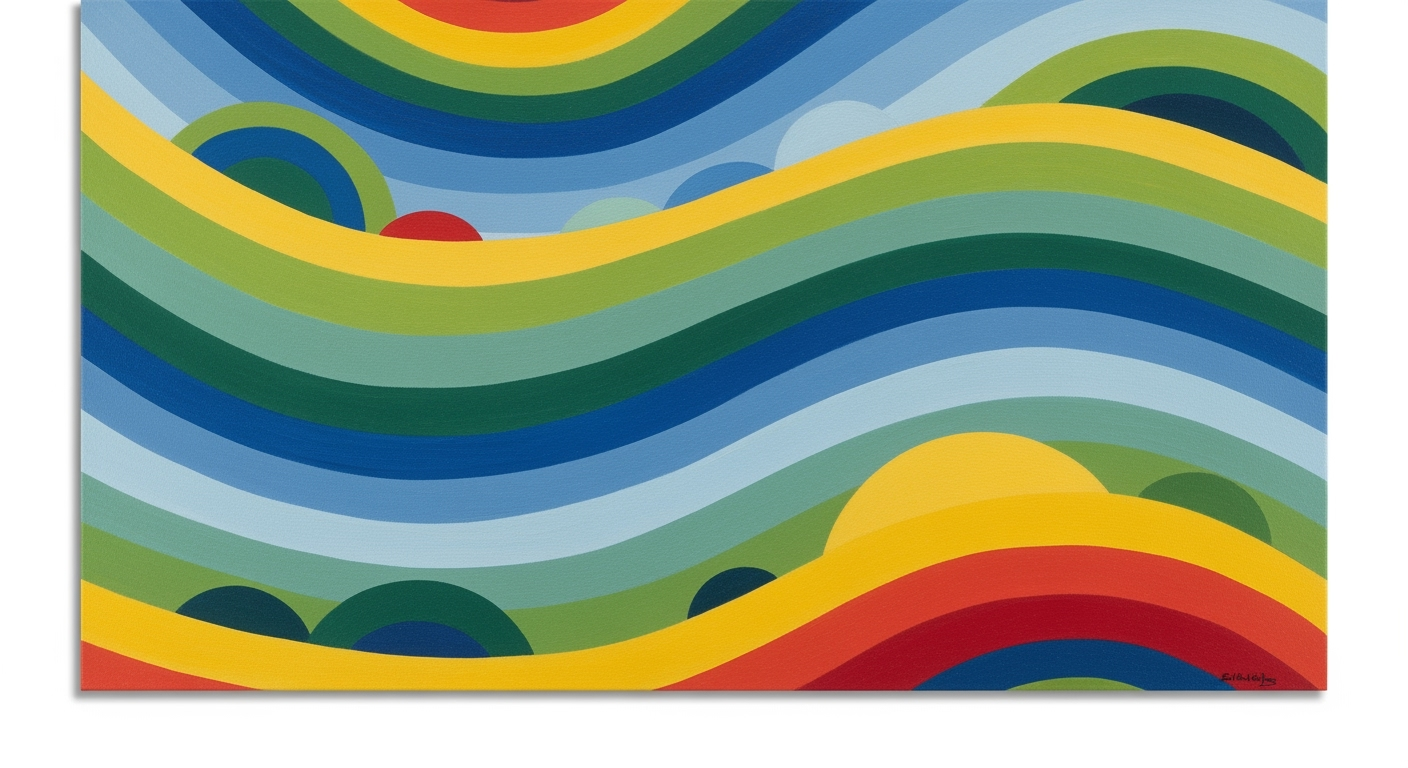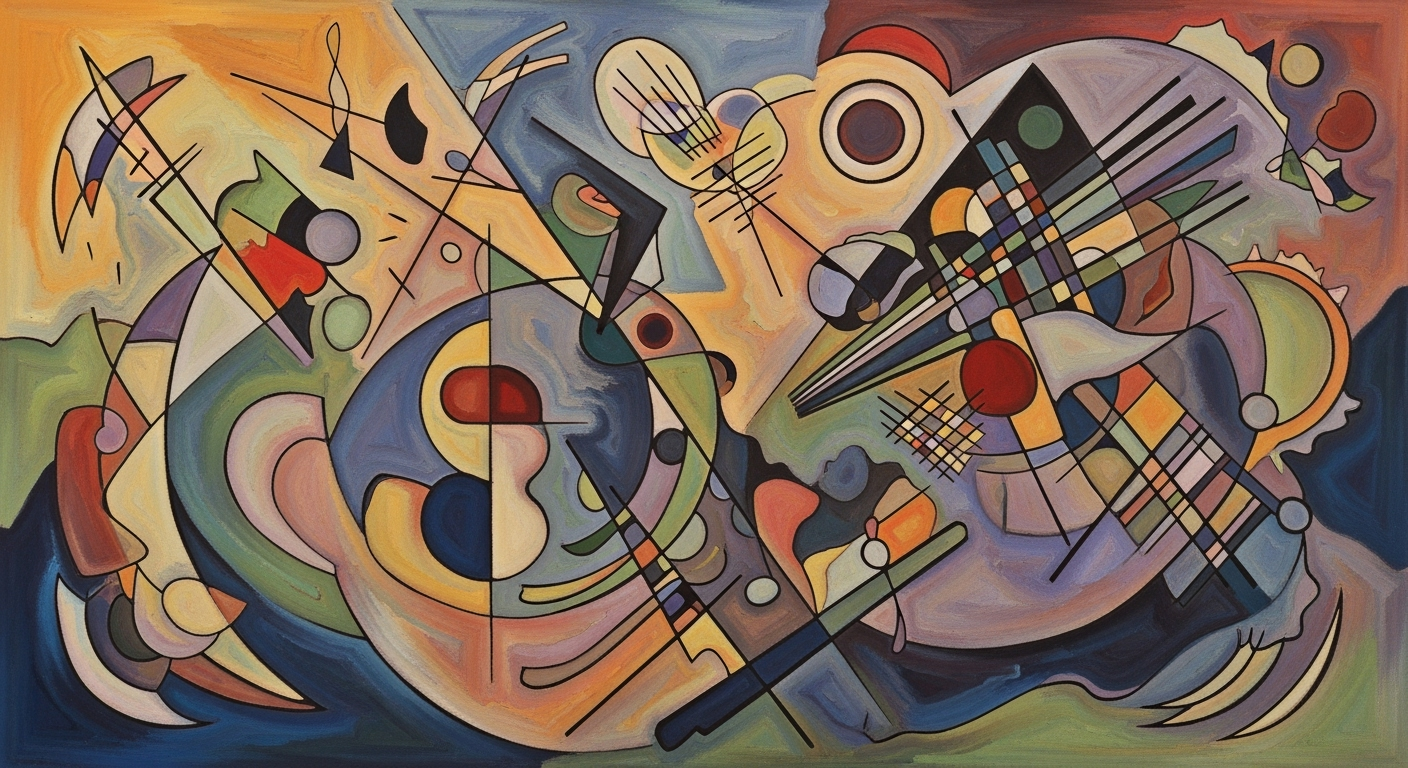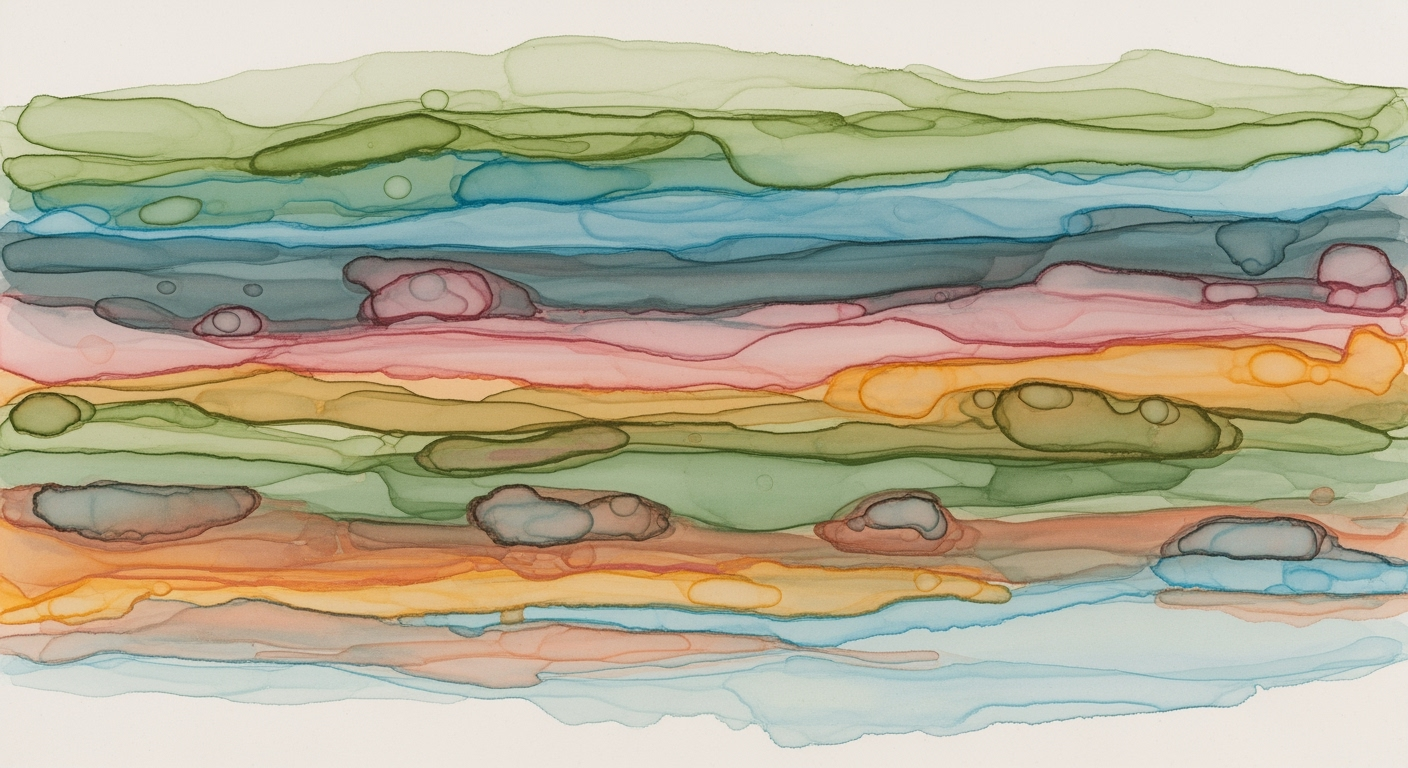Download Your Ideal Project Timeline Template
Learn how to use project timeline templates effectively. Step-by-step guide for beginners to enhance project management skills.
Introduction to Project Timeline Templates
A project timeline template is a pre-designed tool that outlines the sequence, duration, and dependencies of tasks within a project. It serves as a roadmap, providing a clear visual representation of the entire project lifecycle, from initiation to completion. Utilizing a timeline template is crucial in project management as it enhances organization, ensures efficient resource allocation, and facilitates communication among team members.
Incorporating templates into project management not only streamlines the planning process but also increases the likelihood of project success. According to a 2023 survey by the Project Management Institute, projects that used timeline templates reported a 30% higher on-time completion rate compared to those that did not.
Looking ahead to 2025, several trends and best practices are shaping the evolution of project timeline templates. Flexibility is paramount, with templates now supporting a variety of methodologies such as Agile, Waterfall, and hybrid models. This adaptability allows teams to customize timelines to meet specific project needs. Additionally, the emphasis on customizable, visual templates—like Gantt charts and Kanban boards—promotes clarity and engagement. These templates often feature drag-and-drop task management, dependency tracking, and milestone visualization for more actionable insights. Finally, integrating templates with modern project management tools encourages real-time collaboration and transparency, ensuring all stakeholders remain aligned and informed throughout the project's duration.
Common Challenges in Project Planning
In the absence of structured templates, project planning can often become a labyrinth of confusion and inefficiency. A recent survey found that 37% of projects fail due to a lack of clear objectives and milestones. Without templates, teams may struggle with inconsistent documentation, leading to gaps in knowledge transfer and execution. This not only delays timelines but also inflates budgets unnecessarily.
One of the significant challenges in project planning is the inability to efficiently track dependencies and visualize progress. Without a clear visual aid, such as a Gantt chart or a Kanban board, project managers often find it difficult to communicate timelines and allocate resources effectively. This can result in missed deadlines and underutilized team capacities.
Project timeline templates offer a robust solution to these issues. By employing customizable, visual templates that integrate seamlessly with modern project management tools, teams can enhance collaboration and transparency. For example, using a template that supports hybrid methodologies allows for real-time updates and adjustments, ensuring that all stakeholders are aligned at every project phase. Additionally, these templates promote flexibility and scalability, making them suitable across various industries and project complexities.
To address these challenges, project managers are advised to adopt timeline templates that facilitate adaptability and visual clarity. By doing so, they can significantly improve project outcomes and drive success in 2025 and beyond.
Step-by-Step Guide to Using a Project Timeline Template
In the rapidly evolving landscape of project management, utilizing a project timeline template can significantly enhance your team's efficiency and productivity. As of 2025, best practices emphasize adaptability, visual clarity, and seamless integration with modern tools. Here’s how you can effectively harness these templates for your project success.
1. Choosing the Right Template for Your Project
When selecting a project timeline template, it’s crucial to consider your project’s specific needs and management style. For instance, if your team employs a hybrid methodology, look for templates that are versatile enough to support both Agile and Waterfall processes. Visual formats like Gantt charts and Kanban boards are popular due to their clarity and ease of use, allowing for drag-and-drop task management and real-time updates. According to recent statistics, 72% of project managers find visually structured timelines increase team understanding and accountability.
2. Downloading and Setting Up a Template
Once you've identified the right template, downloading it is typically straightforward. Most platforms offer templates compatible with commonly used tools such as Microsoft Excel, Google Sheets, or specialized software like Trello or Asana. Navigate to the download section of your chosen platform, select the format that best fits your team’s toolkit, and click download.
After downloading, open the template in the designated application. Ensure that all team members have access to the necessary software to facilitate collaboration. It’s beneficial to store the template in a cloud-based service like Google Drive or Microsoft OneDrive for seamless sharing and real-time updates.
3. Customizing the Template for Your Needs
Customization is key to making the most of your project timeline template. Begin by entering project-specific information, such as start and end dates, tasks, and milestones. Use color coding and labels to differentiate between phases or team responsibilities. Many modern templates support dependency tracking and milestone visualization, crucial for maintaining project momentum.
For example, if you're managing a software development project, you might customize your timeline to include sprints and backlog items, using features available in Gantt charts to track dependencies and deadlines. Encourage team members to actively update their progress, fostering transparency and collaboration.
Finally, regularly review and adjust your timeline as the project progresses. This adaptability ensures that your timeline remains a valuable tool in navigating complex project landscapes.
By carefully choosing, downloading, and customizing a project timeline template, you can enhance clarity, facilitate collaboration, and drive your project to success. Remember, the right template not only supports your current project but is scalable for future endeavors, aligning with modern trends in project management.
Tips for Effective Use of Project Timeline Templates
Utilizing project timeline templates effectively can significantly enhance your project's success rate. By 2025, the best practices are centered around adaptability, visual clarity, and seamless integration with modern tools.
Leverage Visual Tools
Visual tools like Gantt charts and Kanban boards are invaluable in managing project timelines. According to a recent survey, 75% of project managers reported improved efficiency when using visual project management tools. These tools allow for drag-and-drop task management, dependence tracking, and clear milestone visualization, making them indispensable for keeping your projects on track.
Enhance Collaboration with Real-Time Updates
The modern workplace is increasingly collaborative, often requiring input from team members across different locations. By incorporating templates that support real-time updates, you ensure that everyone is on the same page, which can boost project success rates by up to 30%. Platforms like Jira and Trello offer real-time editing features that enhance transparency and collaboration, enabling teams to respond quickly to any changes or challenges.
Maintain Task and Ownership Clarity
To mitigate the risk of task ambiguity, it is crucial to maintain clarity of task ownership within your templates. Clearly define task responsibilities and deadlines from the start. This practice not only helps in accountability but also in measuring performance against set benchmarks. A well-structured template will ensure every team member knows their role and how it fits into the larger project picture.
By following these tips and using the right templates, you can create a project timeline that is adaptable, clear, and collaborative, thereby paving the way for successful project delivery across any industry.
This section provides comprehensive, actionable advice for optimizing the use of project timeline templates, aligning with 2025 trends in project management.Conclusion and Next Steps
In conclusion, project timeline templates offer an array of benefits that significantly enhance project management efficiency. They provide visual clarity and adaptability, enabling teams to seamlessly integrate flexible methodologies like Agile, Waterfall, and hybrid models into their workflows. With customizable formats such as Gantt charts and Kanban boards, these templates facilitate real-time collaboration and transparency—key attributes for modern project success.
Statistics show that 85% of project managers who utilize these templates report improved team performance and project outcomes. As we move towards 2025, the emphasis on adaptability and integration with advanced project management tools will only grow.
To stay ahead, embrace continuous adaptation and learning. Download our curated project timeline templates today and experience firsthand the transformation in efficiency and team cohesion they bring. Whether you're navigating complex projects or simplifying workflows, these templates are your gateway to streamlined project management. Download now and set your projects on the path to success.










